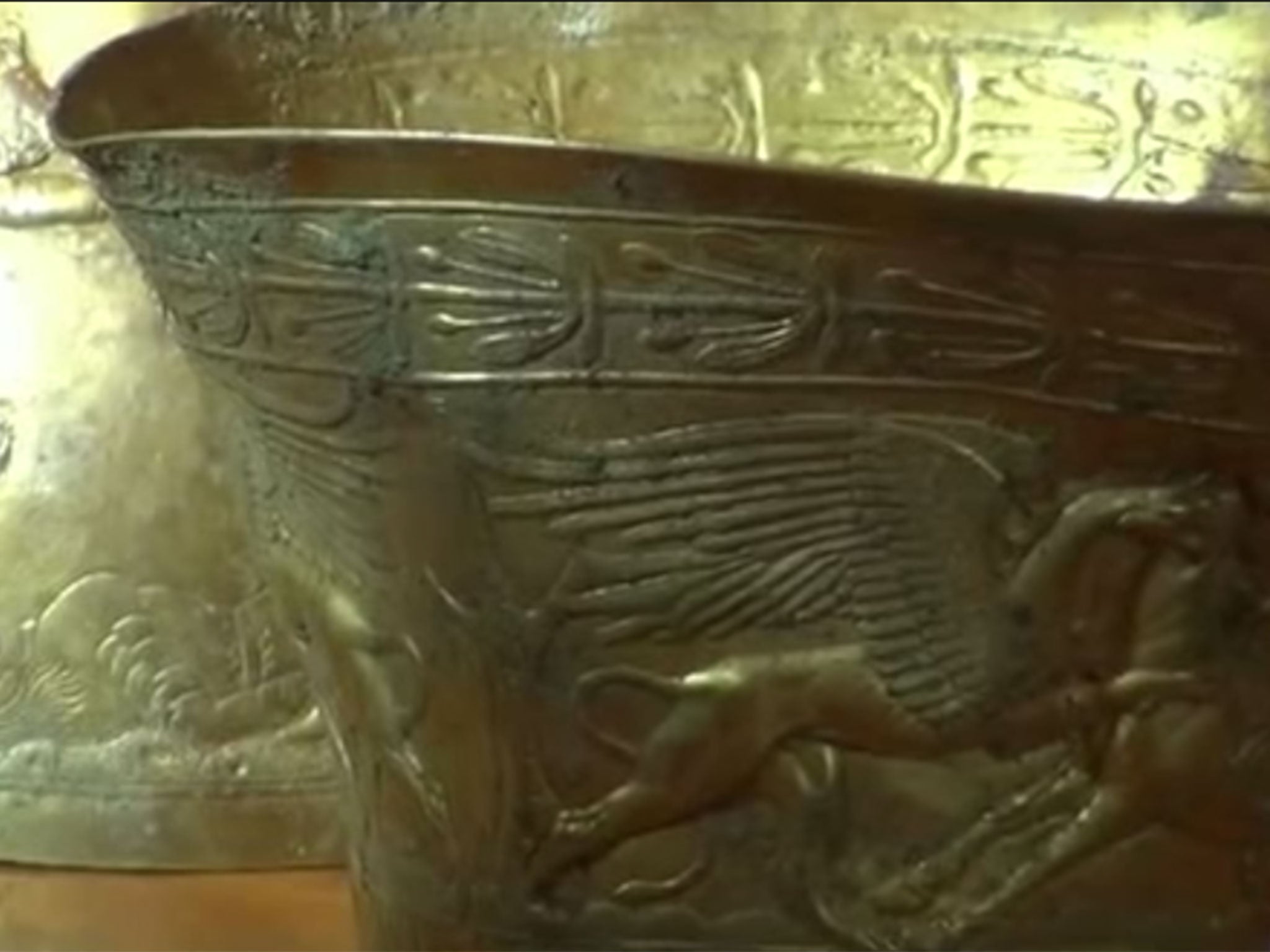The Independent's journalism is supported by our readers. When you purchase through links on our site, we may earn commission.
Ancient 2,400-year-old gold bongs discovered in Russia
The residue of opium and cannabis was found inside the bowls

Your support helps us to tell the story
From reproductive rights to climate change to Big Tech, The Independent is on the ground when the story is developing. Whether it's investigating the financials of Elon Musk's pro-Trump PAC or producing our latest documentary, 'The A Word', which shines a light on the American women fighting for reproductive rights, we know how important it is to parse out the facts from the messaging.
At such a critical moment in US history, we need reporters on the ground. Your donation allows us to keep sending journalists to speak to both sides of the story.
The Independent is trusted by Americans across the entire political spectrum. And unlike many other quality news outlets, we choose not to lock Americans out of our reporting and analysis with paywalls. We believe quality journalism should be available to everyone, paid for by those who can afford it.
Your support makes all the difference.The “once-in-a-century” discovery of a set of solid gold bongs has offered a glimpse into the little-understood lives of Scythians, who ruled vast areas of Eurasia for a thousand years 2,400 years ago.
Ornately embellished with depictions of humans and animals, archaeologists found the golden vessels in a vast grave mound in the Caucasus Mountains of southern Russia, where the Scythians ruled between 9th century BC and 4th century AD.
They were discovered inside a chamber lined with stones and hidden with clay, alongside 7lbs of other gold items, including a finger ring, two neck rings, and a gold bracelet, MailOnline reported.
Anton Gass, an archaeologist at the Prussian Cultural Heritage Foundation in Berlin, told National Geographic: “These are among the finest objects we know from the region.
"It's a once-in-a-century discovery," he said.
Analysis on a sticky black residue in the golden cups revealed the objects were used to hold a concoction of opium and cannabis, which mirror the writings of Greek historian Herodotus, who said: “Scythians used a plant to produce smoke that no Grecian vapour-bath can surpass which made them shout aloud.”
The bongs were discovered in 2013, as the burial ground, or kurgan, was cleared to make way for a power-line.
Experts hope the highly detailed scenes which decorate the objects - including an elderly bearded man killing young warriors and griffons attacking a horse and a stag – will shed light on Scythian culture.
Join our commenting forum
Join thought-provoking conversations, follow other Independent readers and see their replies
Comments